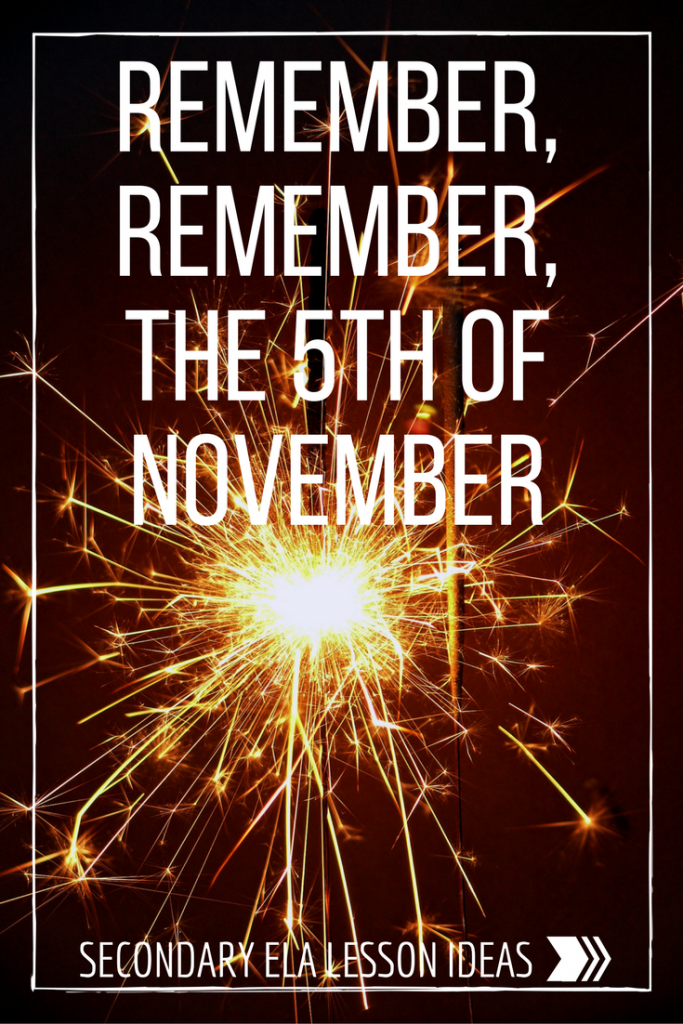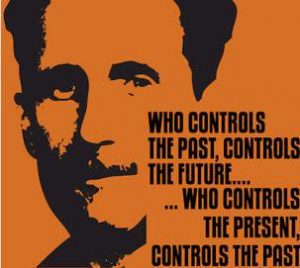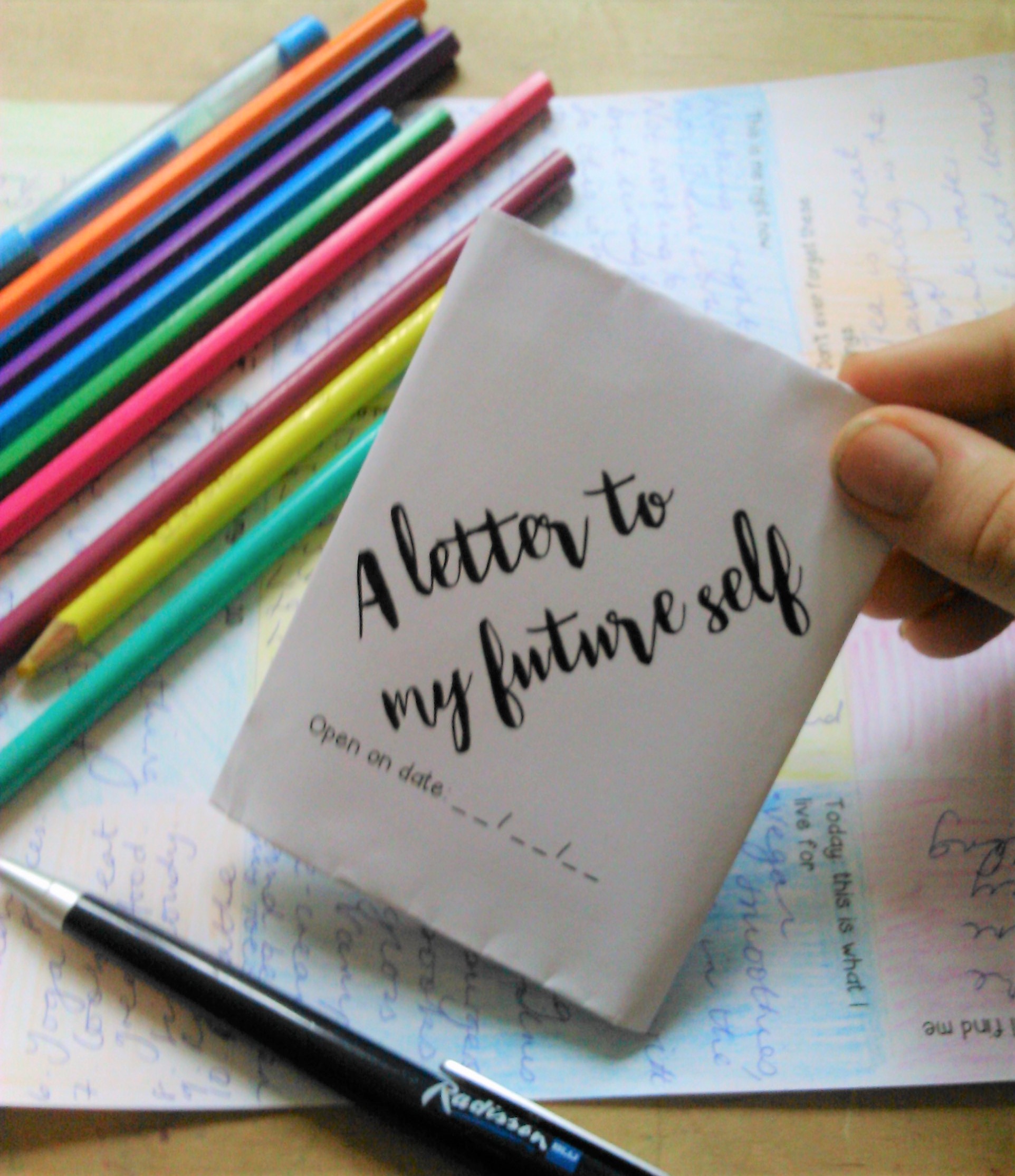Category Archives for "Short Films"

I love using short films in my classroom. I bet you already have a collection that you like to you. I’m not different. I use short films for a bunch of different reasons: to introduce a new idea, or to explain something we all found complicated. Sometimes to inspire discussion and debate, or to get stuck into some creative writing. Short films are fabulous for both literature and writing.
So, here are my top 5 favorite films for high school ELA. I’ve split them so you have:
I love using this short reading of the children’s classic, The Tiger Who Came to Tea, with my older literature classes. In fact, I used to only use with my senior students who are studying literature and needing to apply different critical theories. Over the last few years, I have been using it as a debate prompt with my younger students as well.
The first question I ask is “what does this text tell us about society?”.
https://www.youtube.com/watch?v=eob3MtLkgK0
At this point, I introduce critical theory. Gender and feminist theory and also Marxist theory. *Warning* – this discussion does result in some criticism of Judith Kerr’s text. It’s great to consider the narratives that shape our understanding of the world as children, but it’s not always a comfortable discussion.
We discuss:
At this point, I might draw a comparison between this text and invading forces: the Nazis in Poland, Judith Kerr has spoken of this being the inspiration for her story. The discussion is often lively.
An interesting counterpoint to this story is the another children’s story – Where the Wild Things Are. Here we develop our discussion to include colonization, imperialism, and how other races and ‘the foreigner’ can be represented in literature.
Again the discussion is often lively.
Copy Shop is an unusual silent film by Virgil Widrich, 2001. It received an Oscar nomination for a short action film. The film is 12 minutes long and ‘tells’ the story of a man who accidentally photocopies himself until ‘he’ takes over his town.
Just this concept alone is intriguing enough for students!
I often begin this lesson by asking students to mind-map all of their thoughts on the topics of:
These thoughts can be as generic or as specific at you decide. I generally put these topics on the board and then pose the question “write down everything that comes into your mind”.
After watching the film, sometimes twice, I ask students to add ideas to their mind-maps based on the film. For identity and society – we discuss how we are shaped as individuals, how society shapes us into a particular mould. For gender and relationships – students often notice that the single female is replaced by the male, that the relationships show companionship, then threat. For reality – we discuss to what extent we can trust our senses, what we see.
The final step is to debate some of the big ideas in literature:
I could go on!
I use this short and sad story for a variety of different reasons with my classes: writing flashbacks, relationships, realistic dialogue, incidents, and memory writing.
It’s a poignant tale and dedicated to survivors of Leukaemia, a sensitive one to use with classes but often generates excellent sympathetic debate and great emotionally intelligent writing.
*Warning* – this short film is the epitome of suspense and then a moment of terror. Your class will scream. Please, please, please watch through till the very end before you decide to use it! Don’t look away at the end, otherwise you might miss ‘it’! To be absolutely clear – you get a glimpse, the most fleeting glimpse of ‘it’.
Ok, you survived! Here’s how I use this film: to build tension, to create a character who has no idea what is about to happen next.
This short film is fantastic for writing a realistic moment of suspense – rather than one that is filled of creaky staircases and slamming doors. Write a character who has literally no idea what is about to happen to them!
You need to be speedy with the pause button here. I watch with kids up to the bit where the man collects his keys. Then pause. We write this opening section as descriptive narrative.
Then we watch – pause – write until the very end. As the students haven’t seen the whole thing – when they first see the figure – they are shocked, their character can be shocked. So their writing is often much more authentic, than if we had planned it in advance.
It’s great for writing genuine expressions of a character’s experience of cluelessness to horror.
Another one from the guys at the Jubilee Project, I do love them, and to be honest you could use any of their films effectively in the classroom.
But Fireflies is something special.
I pose a bunch of questions when using this film, sometimes before, sometimes after, sometimes both!

This short film is actually an extended advertisment for the outdoor clothing company Patagonia. Sean Villanueva O’Driscoll is on the road talking about climbing and about his very patched and repaired jacket. It’s such a beautiful film and would be great as a writing prompt. Here it is “The Stories We Wear by Patagonia”.
These British 100-year-olds talk about their lives, their experiences, and they dispense advice about how to be happy. Sit back and prepare to get emotional! Find it here “life lesson from a 100-year-old”
As this is a classic English Literature GCSE text, I cannot resist this Jekyll and Hyde song. Dr Jekyll and Mr Hyde…when a good man releases his evil side…Mr Hyde and Dr Jekyll…who are the characters when the dust settles? 🙂
Enjoy all the chuckles here “Jekyll and Hyde characters song”
Alma is such a great short cartoon, it’s absolutely perfect for creative writing. It is silent, sinister, and completely mesmerizing. Watch Alma here
I promise to keep adding to these as I find them, but do drop your favorites in the comments below!
While you are here, please do consider signing up to receive my weekly creative writing email, titled Writing on Wednesday. Every Wednesday, I email out my teacher-friends a writing prompt or some writing advice.
Pop Quiz! Which of these best fits you?
If you answered “me, me!” to any of these 4 statements, then today’s blog post is dedicated to you. Here are 3 engaging classroom activities that: give your students a chance to debate; challenge students to stretch classroom knowledge to become real world knowledge; and help them link history and literature with their lives!

It’s easy to forget that Guy Fawkes wasn’t the instigator of the Gunpowder Plot, the man and the money behind it was Robert Catesby. A wealthy farmer and Catholic, Catesby persuaded many of his friends that James I was a weak king and could be easily removed from power.
Guy Fawkes, however, was also not the bumbling fool often portrayed in cartoons. He fought in the Spanish wars against the Dutch Republic and was an experienced soldier.
If you and your students are interested in finding out more about Guy Fawkes and the Gunpowder plot – then check out my Guy Fawkes Hero or Villain resource on TpT.
After you have researched Guy Fawkes in detail, use these debate prompts (a sneak peek from above resource) to spark some deep discussion in your classroom.
**Now a big disclaimer is needed here: V for Vendetta is rated a 15 here in the UK. The whole film is not suitable for classroom use.**
How do I use the film in my lessons to help discuss Guy Fawkes then?
Introduce the story: V for Vendetta (1998) is a graphic novel by Alan Moore. The story is set in a dystopian future where the United Kingdom is ruled over by a neo-facist regime. One night, 5th November, a freedom fighter attempts a revolution. He takes over the national media and makes a speech encouraging all citizens to join him the following year (on 5th November) again to start a rebellion.
Watch the clip:
https://www.youtube.com/watch?v=KKvvOFIHs4k
Read the speech and discuss persuasion:
I have attached a file with V’s revolutionary speech here. We discuss rhetoric and persuasion here and compare it to other political speeches. Then we discuss V’s use of 5th November as a sign of positive revolution.
I pose the questions:
In his dystopian novel, 1984, Orwell writes, “who controls the past, control the future” – we discuss this and the truth of it in our world today.

If your students love V as much as mine do then I often let them watch these two extra clips: The 5th of November Overture and *spoiler* the finale scene (note this contains swears) and will also spoil the film for them – so beware!!
One of the best things about nursery rhymes is that they are all pretty gruesome in nature. If they aren’t warding off the plague, they are accusing you of being a witch. The nursery rhyme written for the ‘celebration’ of failed Gunpowder Plot is just as brutal. We study it for ‘historical accuracy’ and rhetorical techniques and then we create our own Gunpowder Plot nursery rhyme. Sometimes we cast Guy Fawkes as the hero. Sometimes a hapless fool deserted by his comrades. Sometimes we write about James and the Lords in Parliament. Occasionally we imagine the horror if it had succeeded. If all else fails – we create a visualization of the original rhyme with lots of gory detail.
Remember, remember the fifth of November,
Gunpowder treason and plot.
We see no reason
Why gunpowder treason
Should ever be forgot!
Guy Fawkes, guy, t’was his intent
To blow up king and parliament.
Three score barrels were laid below
To prove old England’s overthrow.
By god’s mercy he was catch’d
With a darkened lantern and burning match.
So, holler boys, holler boys, Let the bells ring.
Holler boys, holler boys, God save the king.
And what shall we do with him?
Burn him!
Check out this interactive Guy Fawkes game on the BBC History website. Go to the Powder Plot Game here.
If you wanted to get your students debating; brief history and literature into the real world and challenge your students to really think, then this post was for you.

Sign up below to receive regular emails from me jammed packed with ELA teaching tips, tricks and free resources. Also access my free resource library!